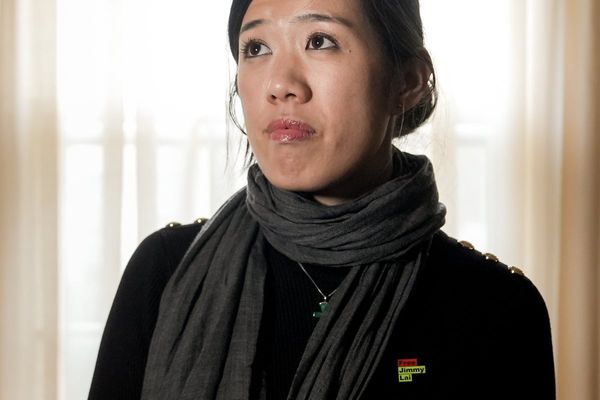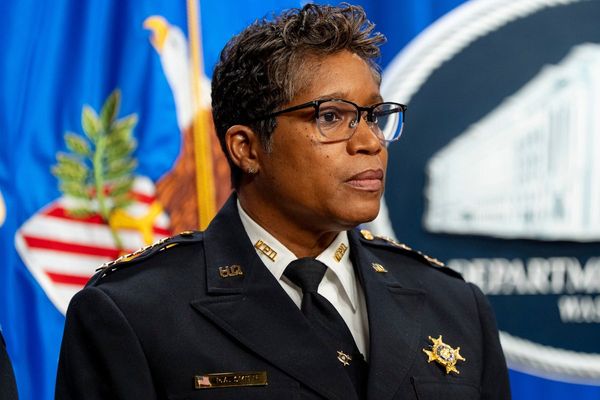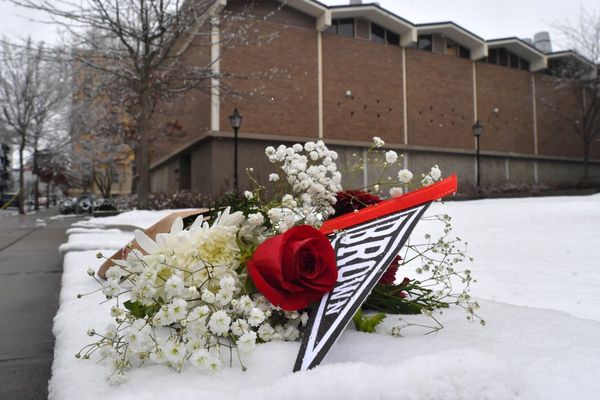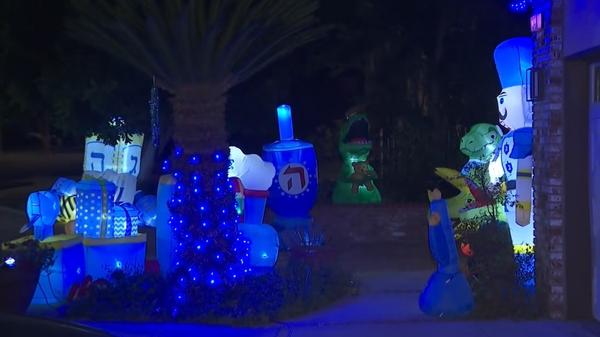In just a couple of winters, a fresh crew of young snow and ice stars will carve their marks in the 2026 Italian Alps. For them, showing up is fun, but actually proving how good they are sounds even better. Canada's junior squads are loading in secret tricks they hope will flip the script from pure competition to all-out exhibition. They began sketching out those moves back in Gangwon 2024.
After that Youth Olympics, the maple leaf pocketed 17 shiny medals and counted the haul with a grin. The total felt like proof, not just bragging. Gangwon showed promise, sure, but it also kicked off real-system fixes behind the scenes. Coaches tweaked game plans on the fly, and the skaters, sliders, and jumpers kept executing those tweaks as if they'd done it every weekend for years. No single season can claim the credit; it took seasons stacked upon seasons for the crisp consistency everyone now expects.
Where The Tipping Point Ice Is For Canada
Looks like Gangwon was quite eye-opening for some people. Emilie Thibault ran fast in the ski cross heats and Declan Gallagher dominated each section of the short track. They gave the performance of their life, and it was beautiful. But it was crafted through consistent skill set-driven orchestration.
One thing we can all agree Canada is great at is distinguishing order from chaos. When the result is circumscribed within brackets, and the energy seems like it could shift from one geography to another in an instant, Canada relies on their skeletons that have evolved over time to mitigate chaos. And that’s why their performance in freestyle is so astonishing, particularly in styles that mimic chaotic strategy. The same enjoyment is seen over at https://melbet-ca.com/en/games/plinko, where intellect meets luck, and every jump pays off for good forecasting. That’s also the reason these events are exciting for strategy games and simulations of the final results, especially when the scoring often changes quickly.
Canadians Who Could Win Medals in the 2026 Youth Olympic Games
A few Canadians already compete on an international level, and given the information available and the age stipulations, here are the top possible candidates to watch out for in 2026:
|
Athlete |
Discipline |
Notable Performance |
Age in 2026 |
|
Émilie Thibault |
Ski Cross |
Gold – 2024 Winter YOG |
17 |
|
Jasper Bolton |
Snowboard Big Air |
Silver – FIS Junior World Cup |
16 |
|
Declan Gallagher |
Short Track Speed Skating |
Bronze – 1000m, 2024 Winter YOG |
17 |
|
Rina Yamada |
Figure Skating (Pairs) |
Top 10 – Projected World Juniors 2025 |
14 |
|
Malik Desjardins |
Biathlon |
92% shooting accuracy – Youth Nationals |
16 |
Freestyle Leads the Medal Forecast
Freestyle, being the most intricate discipline, also makes it the best when predicting medals, which further corroborates the common notion of it being the most tedious and disinteresting competition.
Freestyle skiing and freestyle snowboarding events have slowly transformed from mere spectacles for the crowd into agile instruments of warfare. Jasper Bolton McKay is only fifteen; finalists at sixteen and seventeen orchestrate the skate moves he performs. Their achievements come from always sticking to their goals and handling difficult situations with ease while making changes on the spot.
In Canada, coaches apply modern technologies such as video analysis, progression trees, and situational repetition. The system was built to manage highly adaptable environments. The same can be said for live casino, which requires instant decision-making in uncontrolled surroundings. In these situations, maintaining attempts to chase an outcome is not practical. Short-track speed skating and its dynamic components, such as the heats, passing, and penalizing, form a sophisticated ensemble of ultra-rapid decision-making, establishing it as a predictive modeling candidate.
The Hidden Build: Canada's Niche Program Momentum
Canada is beginning to show strength in areas where it previously lacked. Biathlon and Nordic combined are not traditional strengths, but coaching changes and investment in those areas are starting to produce results.
With younger Nordic combined programs, we now see success, and those tend to rely on the collaboration that exists between ski jump programs and endurance clubs, emulating Canadian high-performance programs in Germany and Norway. That is precisely the type of collaboration Nordic combined needs.
What is the Change Motivator?
The progress Canada has made in implementing national unified training, as well as performance and reward systems, demonstrates coordinated effort at the national level. The older fragmented system is shifting to an integrated system of athlete and coaching development.
Progress in Biathlon
The model has changed. There is a marking standardization for rifles, and cross-country athletes are getting converted to the shooting discipline.
- Standardization of rifle training has been implemented across junior hubs.
- There is a marked shift from cross-country ski clubs to shooting programs.
- The performance benchmarks have been aligned with secondary-tier European teams.
These changes have resulted in improved Canadian athlete efficiency in penalty loop time losses and pressure shot execution.
Investment in Nordic Combined
These disciplines now get:
- Focus on the integration of jumping and aerobic pacing.
- Coaching on technical jumps with aerobic instruction.
- Focus on mixed male and female teams beginning in 2023.
- Increased pre-18-year equipment grants in Quebec and Alberta.
Canada prepares the athlete to not just withstand the two phases but to control the conditions and maneuver the opponents during both the team and mixed events.
Gangwon 2024: The Silver That Started It All
One of the races in South Korea was a showcase of all the new generations of Canadian talents, where Zoe Grant came out victorious and claimed the silver medal in the snowboard cross. Grant did not win merely a medal; the approach she took to the race and the tactics she executed were nothing short of elegant, and she was only 0.07 seconds off the gold medal. Her efforts in drills and additional backup strategies, alongside hours of practice, gave her the result she wanted. The way she throttled edge and speed during the second banked turn was not chance; rather, it was part of a conditioning module created to prepare for stress training, where one must think autonomously instead of reflexively. That's where the future lies.
Forecasting the Medals: Canada's Most Probable Events
With Bolton and McKay looking poised to capture the podium times over, freestyle skiing will likely remain Canada's strongest discipline. As for the rest of the disciplines, the short track should also deliver, especially in the Gallagher-controlled 500m and 1000m sprints, which are purely individual events. There is no doubt that racecraft will dominate domestic rivalry.
Biathlon and the pairing of figure skating are relatively unconventional with untapped potential. In Yamada's case, her technical ability in pairs' junior outings has improved with every single performance, while Desjardins competes in shooting. If progress continues at this pace, these sub-20-year qualifiers may end up surprisingly medaling.
But it's not only the names that matter. Every single one of these athletes is being methodologically, analytically, and most importantly, intelligently crafted within modern frameworks of contemporary youth sport, not like so many others done for the purpose of display.









